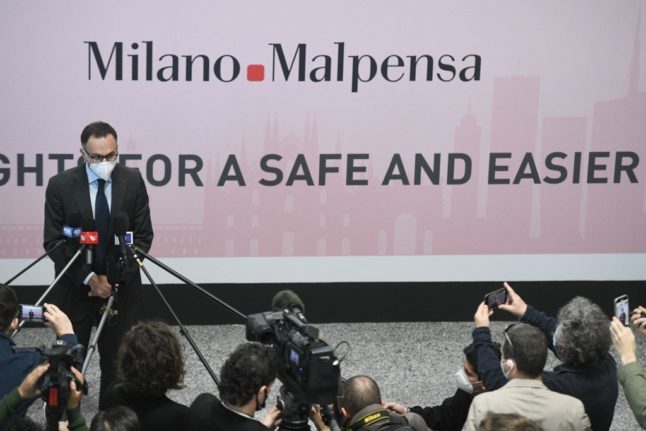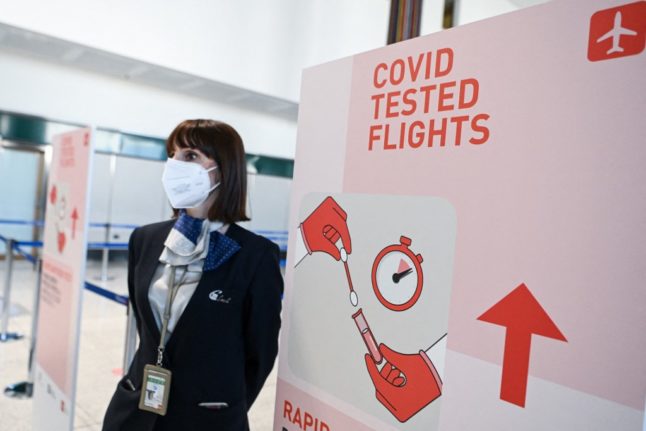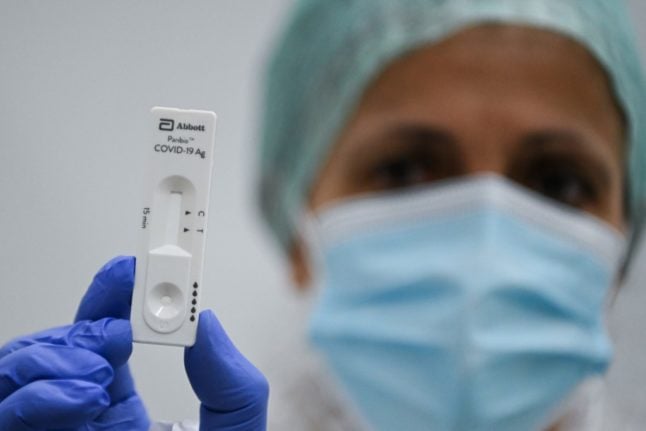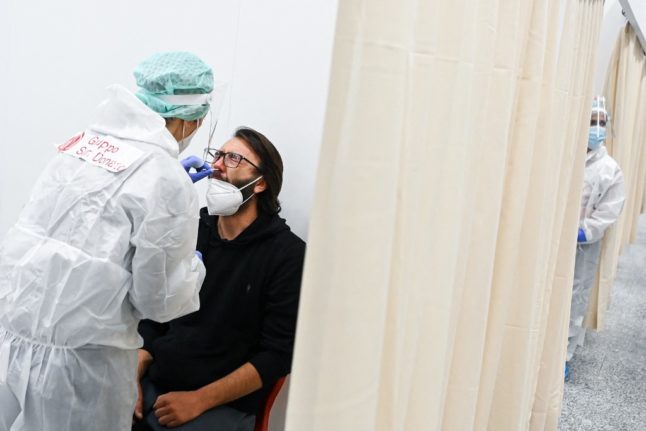The biggest airport in northern Italy has now begun its flight schedule of Covid-tested flights from the United States, making passengers exempt from the 14 days of self-isolation normally required.
“It is the first ever flight from New York since the end of March 2020. It took a year to restart this crucial connection for people and the economy,” said Armando Brunini, CEO of SEA Milan Airports, in a press conference.
“We hope that restrictions will be loosened as soon as possible: if they are safe flights, we must allow their use also for those who fly for tourism,” he added.
READ ALSO: How soon can Italy hope to restart tourism this summer?

Around 100 people arrived from the Big Apple following the Italian Health Ministry’s decision to permit travellers to enter Italy on these Covid-tested services.
Passengers have already been taking such special quarantine-free flights to Rome Fiumicino airport. But the Ministry extended the scheme to Italy’s second-largest airport with a date set until at least the end of June 2021, as stated in a circular issued on March 10th.
To be permitted on the flight, passengers must test negative in a rapid antigen test for coronavirus no more than 48 hours before boarding and they must get tested again immediately on arrival.

Those wishing to travel must also fill in a digital location form before boarding, the Digital Passenger Locator Form (dPLF).
After completion of this document, passengers receive an email with a QR code, which must be given at the check-in desk in order to be allowed on the flight.
Also during check-in, travellers must provide a completed self-declaration form, specific just to these Covid-tested flights, which states why you are entering Italy from abroad.

There’s more paperwork still. Upon landing in Italy, travellers must present another self-declaration form to the police. Again, this relates to Covid-tested flights only.
READ ALSO:
- Can I travel to Italy if I’ve had both doses of the Covid vaccine?
- Are there extensions to the 90-day rule due to Italian travel restrictions?
- When will Americans be allowed to travel to Italy again?

At present, the travel scheme between the United States and Milan covers passengers coming from New York (JFK) on Delta Air Lines flight DL 118 and American Airlines flight AA198.
International travel into and out of Italy is still restricted, with rules varying according to country of origin. But, there are hopes that tourism will resume this summer throughout Europe with the anticipated EU “health passport”.
For the latest updates on travel to Italy, see here.



 Please whitelist us to continue reading.
Please whitelist us to continue reading.
Can the flights be used in the other direction (i.e. Italian residents visiting the US for leisure purposes) or is it strictly for US residents visiting Italy?